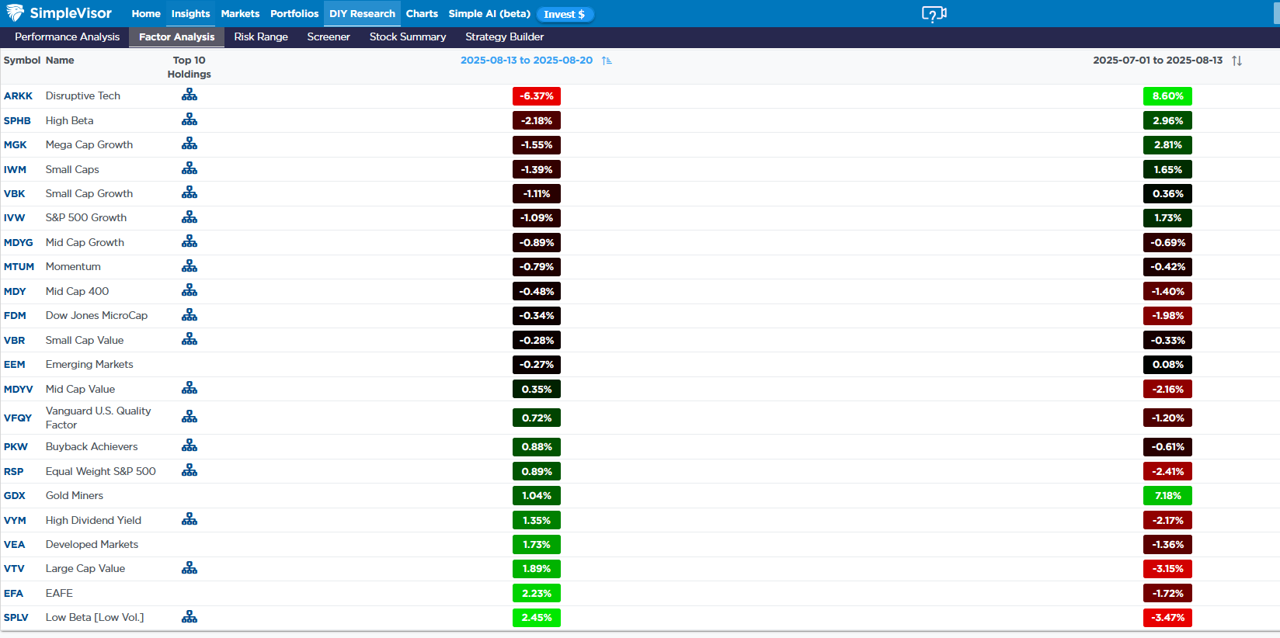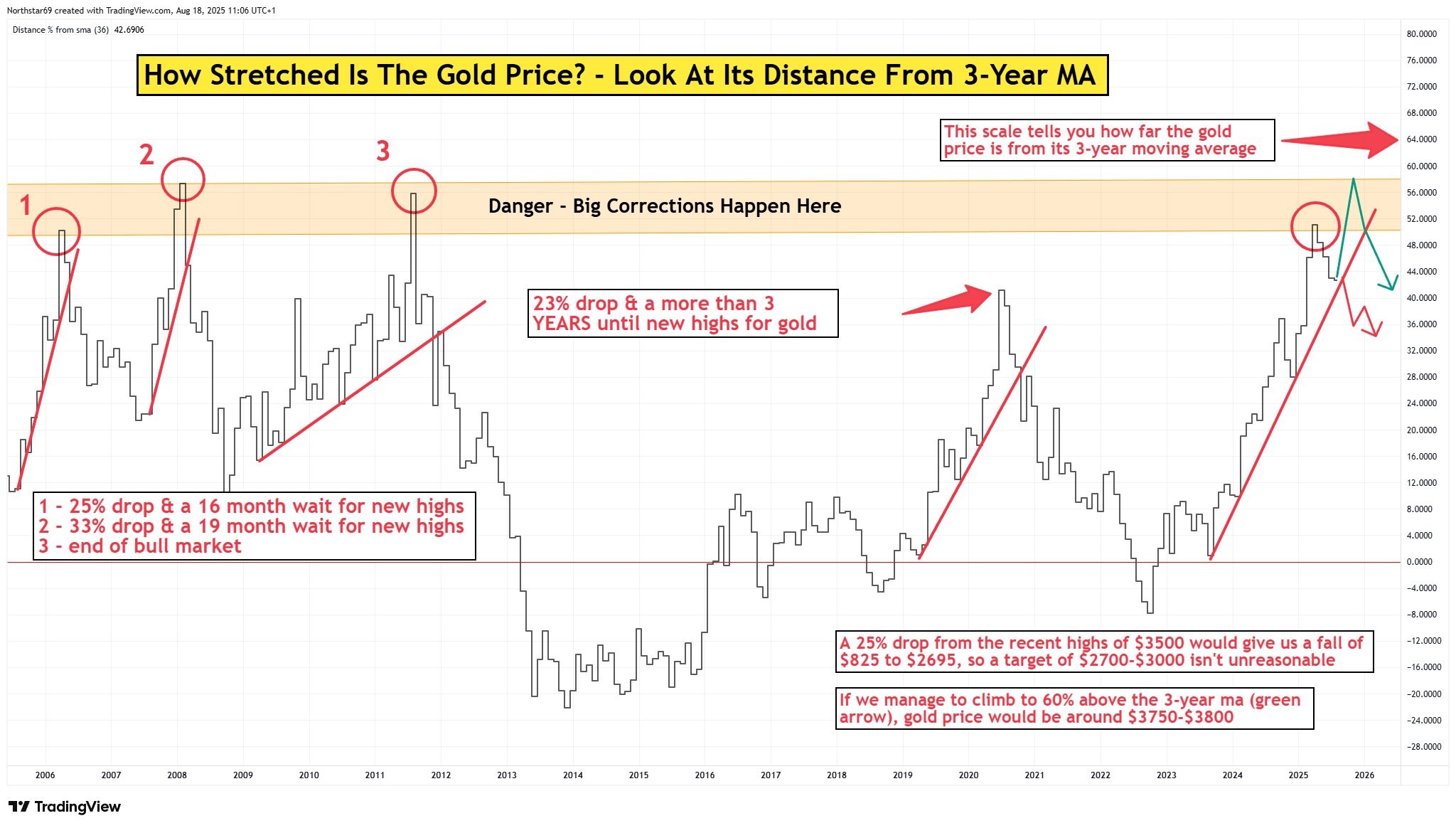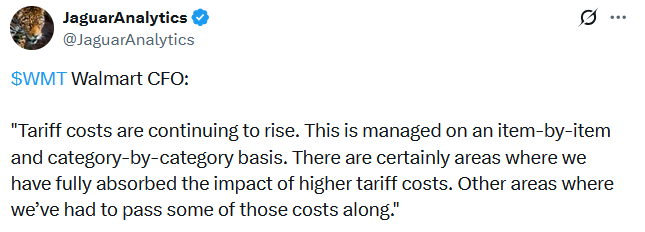Gold prices rise on economic uncertainty; cooling rate cut bets limit upside
The market seas are calm, but beneath the surface, there is some intense churning, or in market terminology, significant stock rotations. Over the last week, the Dow, S&P 500, and Nasdaq were relatively flat. Such gives the appearance of a low volatility, typical late August market with little going on. However, beneath the calm of the indexes, there are rotations in and out of sectors and stock factors that are significant and meaningful.
The table below, shows the relative performance (vs the S&P 500) of many stock factors. The first column shows the relative performance of the last five days, while the second shows the relative performance over the prior 30 days. ARKK, representing cutting-edge technologies, many of which are not profitable and have high betas, lost over 6% versus the S&P 500 in only five days.
High beta and mega cap growth also decently underperformed the market. The column on the right shows these were the three leaders over the prior period. The rotation out of those speculative sectors went into more conservative sectors that were lagging the market. For instance, low beta and large-cap value stocks did relatively well after significantly underperforming over the prior 30 days. These movements highlight the significant rotations occurring in the market.
Given the overbought and oversold conditions of some sectors and stock factors, such a correction is normal. However, what has been notable since April is that the rotations between sectors and factors have been much more pronounced than they were prior. These fast rotations make momentum trading strategies difficult to profit from.
Note below that despite the upward trend in the market, the 5-day and prior 30-day relative performance of MTUM, the momentum ETF, is negative. Such dynamics demonstrate how significant rotations can challenge traders.
Are Gold Prices Getting Stretched
The graph below, courtesy of TradingView, presents an interesting risk/reward analysis for short-term gold traders/investors. Gold is now over 50% above its 3-year moving average. Highlighted and numbered are the three prior instances where it was 50% above that longer-term moving average.
As annotated, each instance was followed by a decent decline, with the third being most troublesome, as it ended a strong bull market. At that time, gold almost tripled from the 2008 low to the peak around $1900 an ounce in 2011. Five years later it troughed at $1050.
Currently, gold at $3400 an ounce dwarfs the 2011 highs. Not surprisingly, gold investors, miners, and gold sellers are incredibly bullish. In typical bull market fashion, these participants seem willing to ignore the degree to which its price is stretched from moving averages. Instead, gloomy narratives such as the dollar’s demise, runaway inflation, and others justify the rationale for ever-higher gold prices.
They may prove correct over the long run. However, in the shorter term, from a risk/reward perspective, gold appears to be stretched, and the possibility of a decent pullback seems probable. 
Tweet of the Day

